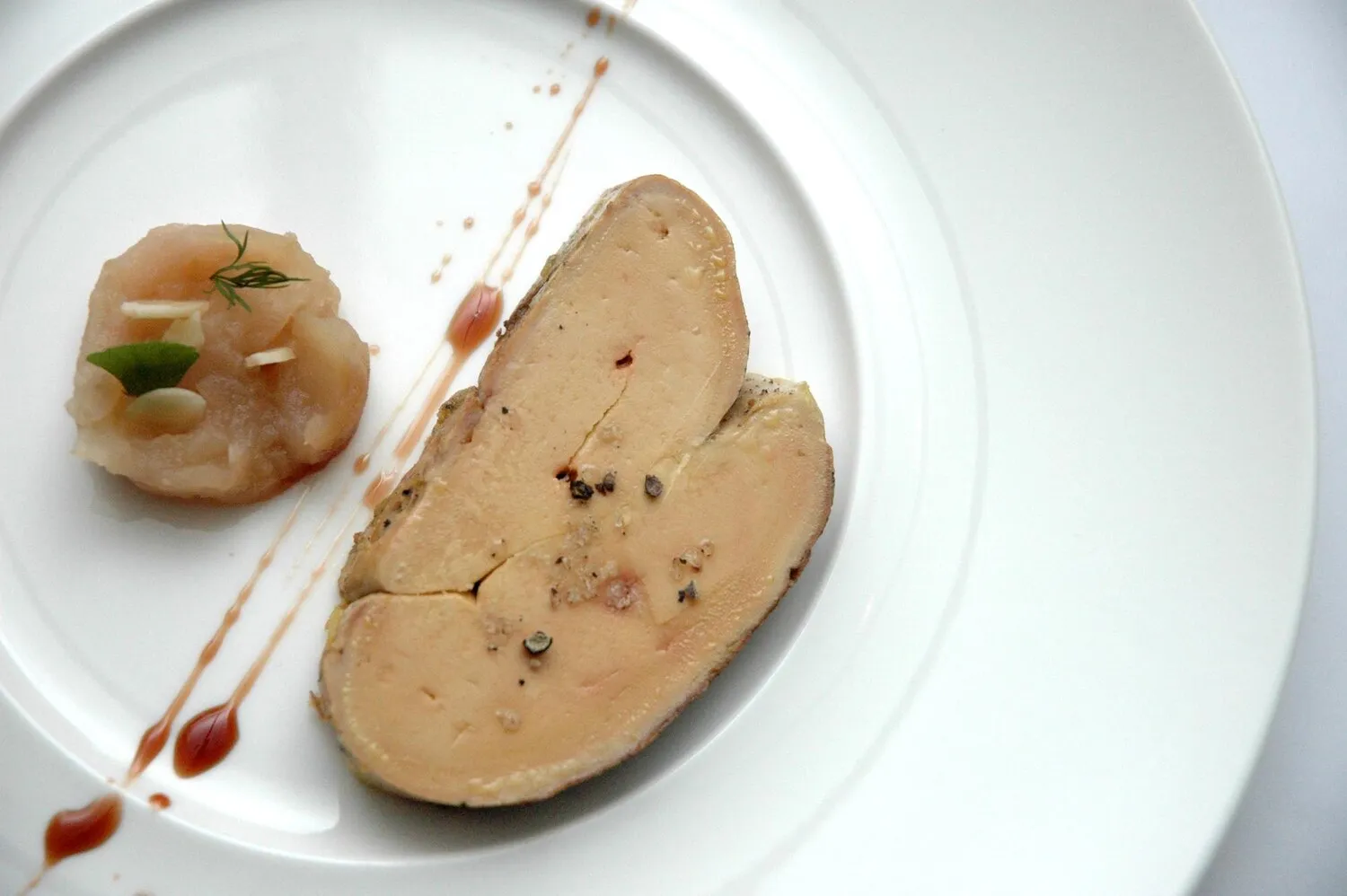
Salmão ao Molho de Maracujá
Grilled salmon with passion fruit sauce, served with side dishes.
Nutrition Facts
* The % Daily Value (DV) tells you how much a nutrient in a serving of food contributes to a daily diet. 2,000 calories a day is used for general nutrition advice.
The dish reflects Brazil's fusion of indigenous ingredients like passion fruit with European grilling techniques and seafood consumption influenced by its extensive coastline and Portuguese colonization. It's a modern dish, not deeply rooted in ancient history, but rather a creative combination of traditional elements.
Salmão ao Molho de Maracujá, while not a traditional centuries-old dish, is a popular representation of modern Brazilian cuisine. It showcases the country's abundant tropical fruits and its ability to blend local ingredients with global culinary trends.
Celebratory Meals
This dish is often served at special occasions and celebrations, particularly in coastal regions, due to its elegant presentation and sophisticated flavor profile. It is considered a more refined option compared to everyday Brazilian fare.
Tropical Ingredients
The inclusion of passion fruit highlights Brazil's rich biodiversity and its emphasis on incorporating fresh, local produce into its cuisine. It signifies a connection to the land and its natural bounty.
Modern Brazilian Cuisine
The dish exemplifies the evolution of Brazilian cuisine, showcasing a move towards lighter, healthier options while maintaining the vibrant flavors that characterize the country's culinary identity. It represents a shift from heavier, meat-centric dishes to include seafood and lighter sauces.
The dish provides a vibrant combination of savory and sweet-and-sour flavors. The richness of the salmon is balanced by the bright acidity and tropical sweetness of the passion fruit sauce.
The primary flavor profile is a balance of rich, fatty salmon and the tart, sweet, and slightly floral notes of passion fruit. The grilled salmon offers a smoky, savory base. The passion fruit sauce typically includes passion fruit pulp, sugar or honey for sweetness, and sometimes white wine or vinegar for added complexity. Other ingredients often incorporated into the sauce include butter or cream for richness and texture, ginger or chili for a touch of spice, and salt and pepper to balance the flavors. Common side dishes such as rice, roasted vegetables, or a fresh salad complement the dish by providing contrasting textures and mild flavors that don't overpower the salmon and passion fruit sauce.
Salmon Quality
Choose high-quality, fresh salmon fillets with a vibrant color and firm texture. Skin-on fillets are preferred for grilling, as the skin helps to keep the salmon moist and prevents it from sticking to the grill.
Passion Fruit Ripeness
Use ripe passion fruit for the sauce. The fruit should be slightly wrinkled and heavy for its size. The pulp should be fragrant and have a vibrant orange or yellow color.
Sauce Consistency
Adjust the amount of sugar or honey in the sauce to balance the acidity of the passion fruit according to your preference. The sauce should be thick enough to coat the salmon without being too heavy.
Grilling Technique
Grill the salmon over medium-high heat to achieve a crisp skin and moist interior. Avoid overcooking the salmon, as it can become dry. The internal temperature should reach 145°F (63°C).
Side Dish Pairing
Consider serving the salmon with mild side dishes such as coconut rice, quinoa, roasted asparagus, or a simple green salad with a citrus vinaigrette. These options complement the flavors of the salmon and passion fruit sauce without overpowering them.
Explore additional Modern dishes and restaurants
Explore ModernDiscover top dining spots and culinary experiences in Goiânia.
Explore GoiâniaLearn more about the food culture, restaurant scene, and culinary heritage of Brazil.
Explore Brazil